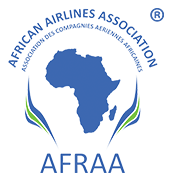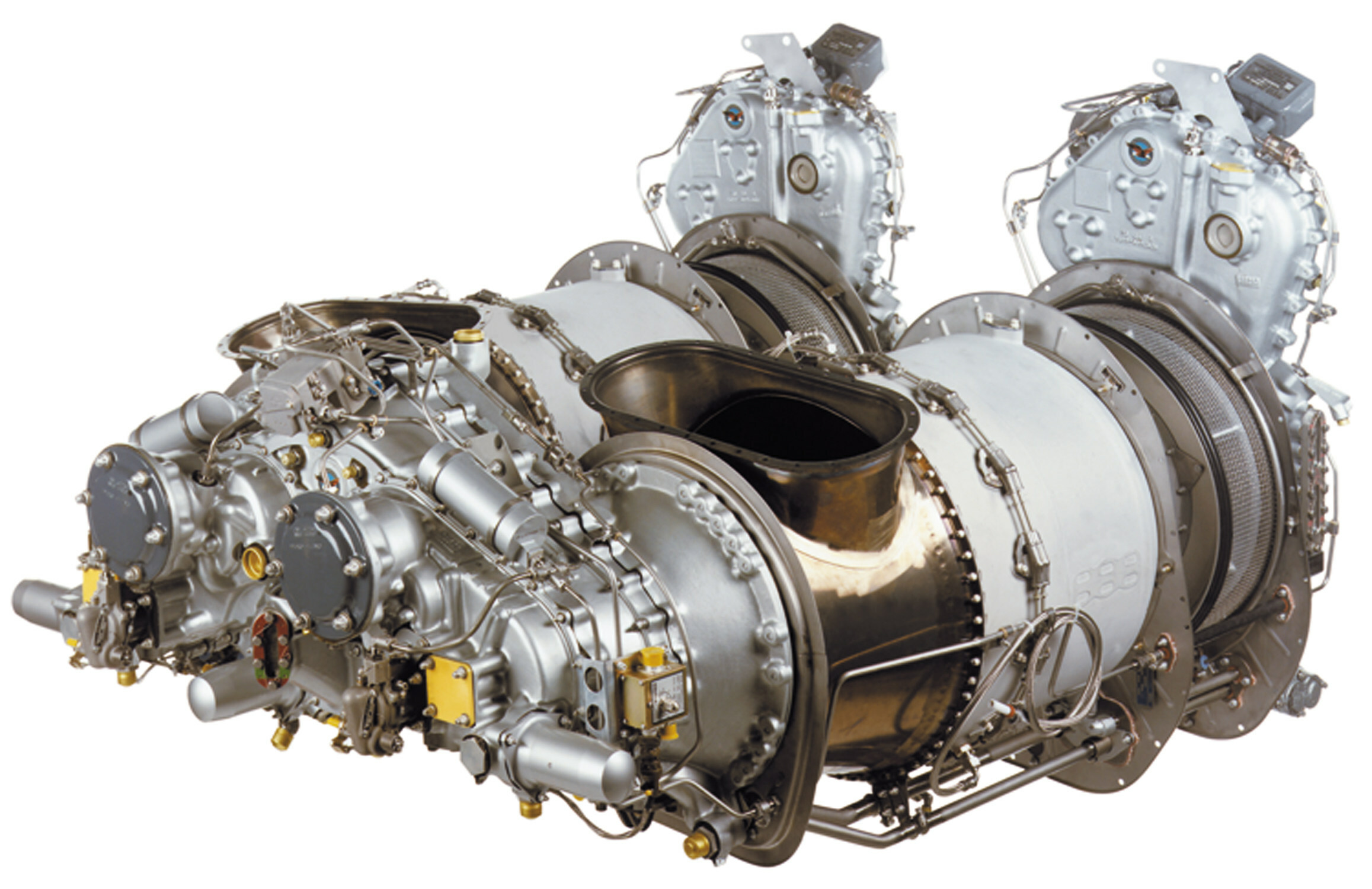
Rolls-Royce announces Flight100, Virgin Atlantic’s historic flight on 100% Sustainable Aviation Fuel (SAF) takes off from London Heathrow to New York JFK today, marking the culmination of a year of radical collaboration, to demonstrate the capability of SAF as a safe drop-in replacement for fossil derived jet fuel, compatible with today’s engines, airframes and fuel infrastructure.
Flown on a Boeing 787, using Rolls-Royce Trent 1000 engines, the flight marks a world first on 100% SAF by a commercial airline across the Atlantic. The milestone flight was made possible by a Virgin Atlantic-led consortium, including Boeing, Rolls-Royce, Imperial College London, University of Sheffield, ICF and Rocky Mountain Institute, in partnership with Department for Transport.
SAF has a significant role to play in the decarbonisation of long haul aviation, and pathway to Net Zero 2050.
While other technologies such as electric and hydrogen remain decades away, SAF can be used now. Today, SAF represents less than 0.1% of global jet fuel volumes and fuel standards allow for just a 50% SAF blend in commercial jet engines. Flight100 will prove that the challenge of scaling up production is one of policy and investment, and industry and government must move quickly to create a thriving UK SAF industry.
As well as proving the capabilities of SAF, Flight100 will assess how its use affects the flight’s non-carbon emissions with the support of consortium partners ICF, Rocky Mountain Institute (RMI), Imperial College London and University of Sheffield. The research will improve scientific understanding of the effects of SAF on contrails and particulates and help to implement contrail forecasts in the flight planning process. Data and research will be shared with industry, and Virgin Atlantic will continue its involvement with contrail work through RMI’s Climate Impact Task Force, which is part-funded by Virgin Unite.
The SAF used on Flight100 is a unique dual blend; 88% HEFA (Hydroprocessed Esters and Fatty Acids) supplied by AirBP and 12% SAK (Synthetic Aromatic Kerosene) supplied by Virent, a subsidiary of Marathon Petroleum Corporation. The HEFA is made from waste fats while the SAK is made from plant sugars, with the remainder of plant proteins, oil and fibres continuing into the food chain. SAK is needed in 100% SAF blends to give the fuel the required aromatics for engine function. To achieve Net Zero 2050, the innovation and investment needed across all available feedstocks and technologies must be harnessed to maximise SAF volumes as well as continuing the research and development needed to bring new zero emission aircraft to market.
Rolls-Royce recently announced that it has proved all its in-production civil aero engine types are compatible with 100% SAF. This fulfils a commitment, made in 2021, to demonstrate there are no engine technology barriers to the use of 100% SAF.
Shai Weiss, Chief Executive Officer, Virgin Atlantic, said:
“Flight100 proves that Sustainable Aviation Fuel can be used as a safe, drop-in replacement for fossil-derived jet fuel and it’s the only viable solution for decarbonising long haul aviation. It’s taken radical collaboration to get here and we’re proud to have reached this important milestone, but we need to push further. There’s simply not enough SAF and it’s clear that in order to reach production at scale, we need to see significantly more investment. This will only happen when regulatory certainty and price support mechanisms, backed by Government, are in place. Flight100 proves that if you make it, we’ll fly it.”
Richard Branson, Founder, Virgin Atlantic, said:
“The world will always assume something can’t be done, until you do it. The spirit of innovation is getting out there and trying to prove that we can do things better for everyone’s benefit.
“Virgin Atlantic has been challenging the status quo and pushing the aviation industry to never settle and do better since 1984. Fast forward nearly 40 years, that pioneering spirit continues to be Virgin Atlantic’s beating heart as it pushes the boundaries from carbon fibre aircraft and fleet upgrades to sustainable fuels.
“I couldn’t be prouder to be onboard Flight100 today alongside the teams at Virgin Atlantic and our partners, which have been working together to set the flight path for the decarbonisation of long-haul aviation.”
Mark Harper, Transport Secretary, Department for Transport, said:
“Today’s 100% SAF powered flight shows how we can decarbonise transport both now and in the future, cutting lifecycle emissions by 70% and inspiring the next generation of solutions.
“This Government has backed today’s flight to take-off and we will continue to support the UK’s emerging SAF industry as it create jobs, grows the economy and gets us to Jet Zero.”
Simon Burr, Group Director of Engineering, Technology & Safety, Rolls-Royce plc, said:
“We are incredibly proud that our Trent 1000 engines are powering the first ever widebody flight using 100% Sustainable Aviation Fuel across the Atlantic today. Rolls-Royce has recently completed compatibility testing of 100% SAF on all our in-production civil aero engine types and this is further proof that there are no engine technology barriers to the use of 100% SAF. The flight represents a major milestone for the entire aviation industry in its journey towards net zero carbon emissions.”
Sheila Remes, Vice President of Environmental Sustainability, Boeing, said:
“In 2008 Virgin Atlantic and Boeing completed the first commercial SAF test flight on a 747 and today we will accomplish yet another significant milestone utilising a 787 Dreamliner. This flight is a key step toward our commitment to deliver 100% SAF-compatible airplanes by 2030. As we work toward the civil aviation industry’s net-zero goal, today’s historic journey highlights what we can achieve together.”
The Trent 1000 delivers exceptional fuel efficiency and environmental performance. It has been optimised specifically to power the Boeing 787 Dreamliner family of aircraft, applying latest technology whilst drawing on the experience of four previous generations of Trent engines.
ENDS
Imagery and video available here – further content will be shared after take-off
About Rolls-Royce Holdings plc
- Rolls-Royce develops and delivers complex power and propulsion solutions for safety-critical applications in the air, at sea and on land. Our products and service packages enable our customers to connect people, societies, cultures and economies together; they meet the growing need for power generation across multiple industries; and enable governments to equip their armed forces with the power required to protect their citizens.
- Rolls-Royce has customers in more than 150 countries, comprising more than 400 airlines and leasing customers, 160 armed forces and navies, and more than 5,000 power and nuclear customers. We are committed to making our products compatible with net zero carbon emissions to meet customer demand for more sustainable solutions.
- The annual underlying revenue was £12.69 billion in 2022, and the underlying operating profit was £652m.
- Rolls-Royce Holdings plc is a publicly traded company (LSE: RR., ADR: RYCEY, LEI: 213800EC7997ZBLZJH69)
About Virgin Atlantic
- Virgin Atlantic was founded by entrepreneur Sir Richard Branson in 1984, with innovation and amazing customer service at its core. In 2022, Virgin Atlantic was voted Britain’s only Global Five Star Airline by APEX for the sixth year running in the Official Airline Ratings. Headquartered in London, it employs more than 7,500 people worldwide, flying customers to 31 destinations across four continents throughout the year. Virgin Atlantic recently continued its expansion in the US, launching new routes to Austin, Texas and Tampa, Florida.
- Alongside shareholder and Joint Venture partner Delta Air Lines, Virgin Atlantic operates a leading transatlantic network, with onward connections to over 200 cities around the world. In February 2020, Air France-KLM, Delta Air Lines and Virgin Atlantic launched an expanded Joint Venture, offering a comprehensive route network, convenient flight schedules, competitive fares and reciprocal frequent flyer benefits, including the ability to earn and redeem miles across all carriers. Virgin Atlantic joined SkyTeam in March 2023 as the global airline alliance’s first and only UK member airline, enhancing the alliance’s transatlantic network and services to and from Heathrow and Manchester Airport.
- Virgin Atlantic has been pioneering sustainability leadership for more than 15 years, committing to Net Zero by 2050 and continuous action that reduces environmental impact. The airline operates one of the youngest and most fuel-efficient fleets in the skies and has reduced its absolute carbon emissions by 35% over the last decade. In October 2022, Virgin Atlantic welcomed the first of 16 A330-900neos to the fleet, continuing its transformation towards 100% next generation aircraft by 2027. Later in 2023, Virgin Atlantic is leading an industry consortium to deliver the first 100% SAF flight across the transatlantic. Demonstrating that 100% SAF can be used safely as a drop in fuel in existing infrastructure, engines and airframes. The need to scale production is an industry imperative and Virgin Atlantic is committed to radical collaboration across the energy chain to support commercialisation ahead of 2030.
- For more information visit www.virginatlantic.com or via Facebook, Twitter and Instagram @virginatlantic.
- B-ROLL & PHOTOS AVAILABLE HERE: https://mediaselect.pa.media/virgin_saf_flight
DEVELOPING STRATEGIC STAKEHOLDER RELATIONSHIPS ACROSS AFRICA SINCE 2012




